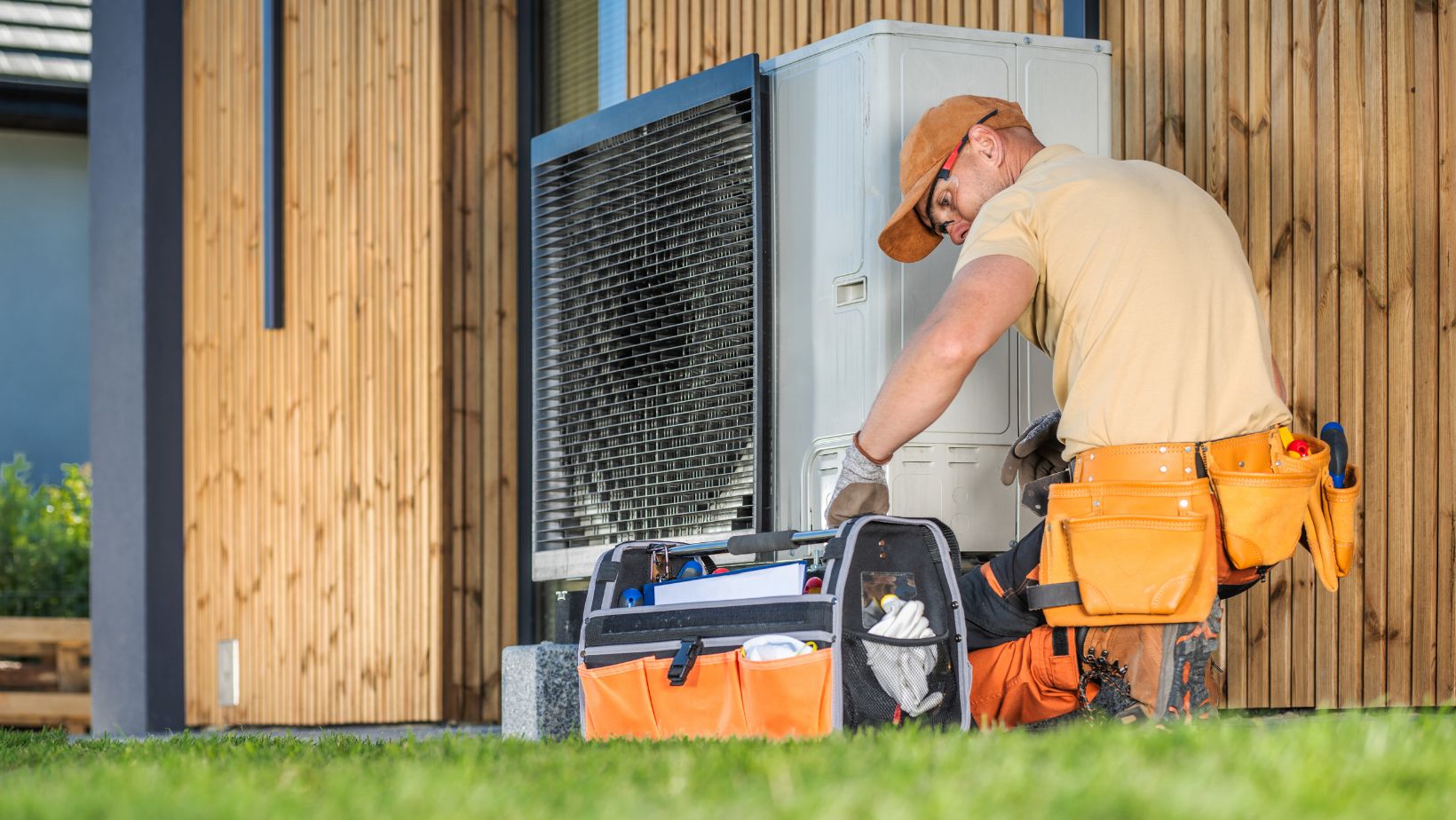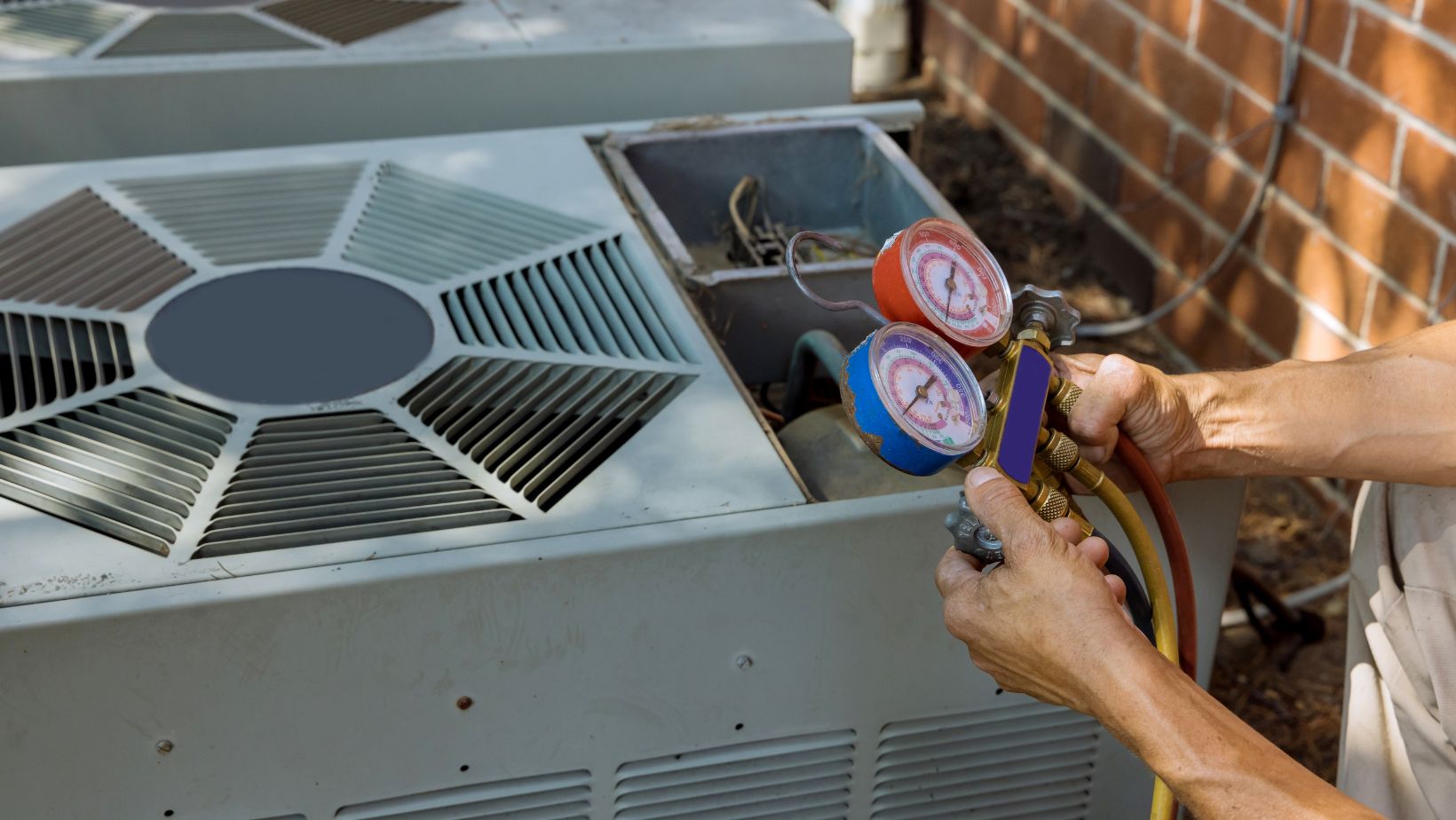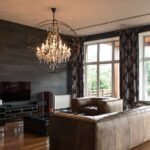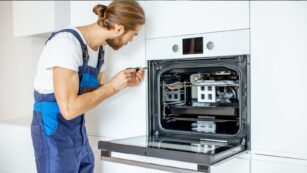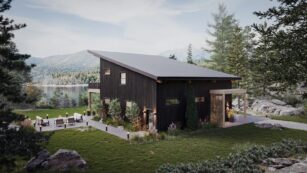
Designing a dream home is not only about comfort but also aesthetics, especially in the coastal beauty of San Diego, where urban chic meets palm trees and breezy evenings meet sunny days. The homeowner needs an enjoyable place to live in, after all, and everything must be pleasing to the eye. Your HVAC system is often overlooked and essential at the intersection of comfort and design.
Functional interior appliances, particularly heating, ventilation, and air conditioning, have ceased to be a question of substance exclusively. Today’s modern house, especially when considering HVAC in San Diego, should be viewed as an embodiment of a design philosophy. With the proper installation, the HVAC system might improve your standard of living and elevate your interior design. Here is how you can make a house that is both environmentally friendly and visually appealing, beginning with the air.
Why HVAC Design Matters in San Diego
San Diego’s climate is famously temperate. But that doesn’t mean the interiors should be kept off HVAC. Though aggressive heating or cooling may not be required, there’s a need for on-time management of humidity, air quality, and temperature consistency all the time. In this era of open-concept living, minimalism and clean architectural lines are the norm, whereas one bulky, misplaced AC unit can undermine the entire aesthetic. The challenge is picking a system that works perfectly and either blends in with your decor or adds to it.
Step One: Select the Right Type of HVAC System
Not all HVAC systems are created equal when it comes to aesthetics. Some lend themselves better to stylish integration.
Ductless Mini-Splits
Compact, efficient, and flexible, ductless mini-split systems are a favorite among interior designers.
They can be wall-mounted in inconspicuous areas, embedded into ceilings, or hidden behind custom architectural panels.
Concealed Duct Systems
Concealed duct systems offer a clean solution for homeowners building or fully renovating. These systems tuck the ductwork into ceilings, soffits, or cabinetry, leaving only subtle vents behind.
High-Velocity HVAC
These newer systems use small, flexible ducts that can be routed through walls with minimal disruption. They are perfect for retrofitting historic homes or adding HVAC to tight spaces without major visual impact.
Step Two: Think Like a Designer
Once you’ve chosen the type of HVAC system, it’s time to think like a designer. How will this system live within your space? How can it enhance, or at least not disrupt, your aesthetic?
Here are three guiding principles:
Integration
Your HVAC shouldn’t feel like an add-on. Integrate it with your design. For example, match the vent covers to your flooring or wall color. Use recessed vents in modern ceilings. Hide units in millwork or cabinetry.
Customization
Don’t settle for standard white plastic grills or clunky thermostats. Many premium providers offer customizable finishes, smart controls with elegant touchscreens, and minimalist sensors that blend seamlessly into your home.
Zoning and Placement
Strategic placement matters. By zoning your home and carefully choosing where units or vents are located, you can reduce visible elements while maximizing comfort. For instance, placing vents under windows or integrating them into baseboards can preserve visual harmony.
Materials Matter: Designing with Finishes in Mind
Apart from the HVAC system, surrounding materials are just as necessary because they help maintain visual cohesion and balance the aesthetics of your home. HVAC elements should feel like a natural extension of the space, not awkward mechanical afterthoughts. Material choices can ensure that even the most functional components feel architectural and well-integrated. For example, use wooden or metallic vent covers with your floors, baseboards, or cabinets. Brushed brass, matte black, or stained oak can reflect other design details in the room and help the vents blend in. Or they could make the vents a small part of the design.
A more stylish choice is to add HVAC returns into pretty wall panels or spaces of slatted wood. This way, the vents are not hidden but can make the room look architecturally better, giving rhythm, texture, or balance to a place that could otherwise feel very practical. Color-matching methods are instrumental in areas where HVAC components have to stay visible. Painting grills, vents, or thermostats to match the nearby walls or surfaces creates a smooth visual transition and keeps the room’s color scheme from breaking.
For those who take a more industrial-chic or modern design language, HVAC parts, like exposed ducts or metallic pipes, can be accepted as part of the look. When done in sleek galvanized steel, matte finishes, or even custom-colored wraps, these parts can add character, depth, and a sense of purpose. Rather than concealing the system, this way sees it as a sculptural or architectural part. The real trick is unity. Every little bit of your HVAC setup should seem like it fits, boosting the inside tale rather than breaking it.
Smart Homes Need Smart HVAC
Today’s homes are increasingly “smart,” and HVAC has evolved to keep pace. Modern systems offer Wi-Fi-enabled thermostats, learning algorithms, and integration with platforms like Google Home or Alexa. But it’s not just about convenience. These innovative elements can also support your home’s visual design:
- Discreet sensors replace clunky thermostats.
- Voice controls eliminate wall clutter.
- App-based adjustments reduce the need for physical interfaces.
Tytum, for example, supports smart integrations that work quietly in the background, ensuring that the technology supports the design rather than overtaking it.
Mistakes to Avoid
Designing around HVAC involves some common pitfalls. Here’s what to watch out for:
- Ignoring HVAC in the design phase: Always involve your HVAC team early in the architectural process.
- Using cheap vent covers: They’ll stand out in a high-end interior.
- Poor unit placement: A beautiful living room with an awkwardly placed return grille loses visual balance.
- Overlooking airflow: Style matters, but comfort does, too. The form should never compromise function.
The result? A Seamless Living Experience
Integrating HVAC into your design can create a cohesive, luxurious, and effortlessly comfortable home. Every space will breathe better — literally and visually. And when guests visit, they won’t notice the vents, the sensors, or the temperature. They’ll see how good the space feels.
Final Thoughts
Designing your dream house with modern HVAC in San Diego should be more than just picking the tile and the paint; it’s about creating an aesthetically pleasing and functional atmosphere. Interior design, well-thought-out and beautifully implemented, can contribute significantly to attaining this goal. Function getting married to the form and targeted solutions reflecting the lifestyle and taste are being headed by brands such as Tytum. Your climate control system will never look out of place in your home; Tytum ensures it from design to finishing design. The next time you think of HVAC, don’t think of it as a utility. This is often thought of as the invisible luxury that operates quietly in the background, helping your home come to life.

